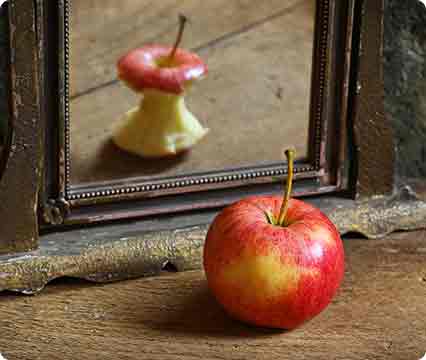Wine psychology: Basic & applied

Basic cognitive research can help us understand our reactions to wine and the numerous factors that influence them. Wine is a complicated, culturally rich, and multisensory experience, with its properties being shaped by elements such as packaging, glassware, and presentation. Recent studies on wine tasting have shown that various contextual aspects, such as the color of ambient lighting or background music, can significantly and sometimes predictably affect the tasting experience. Spence (2020) highlights how the concept of sonic seasoning—where music or soundscapes are paired with specific wines to highlight certain qualities like sweetness, body, or length—has become an important area of study. This multisensory wine research offers practical applications and provides insights into how we perceive sensory information, which is valuable for basic science. Moreover, the findings are relevant for marketers aiming to understand how a consumer’s perception of any food or beverage may be influenced [NPID: Wine, experiential marketing, packaging, glassware, crossmodal correspondences, sonic seasoning]
Year: 2020
 Navigation
Navigation







